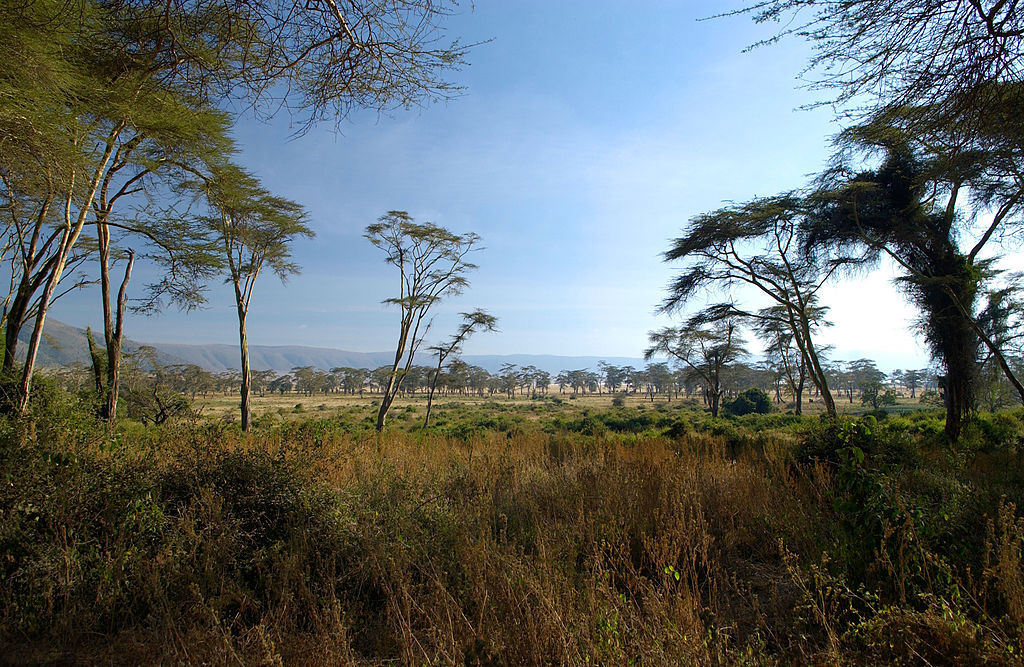ADF STAFF
The Tanzania Forest Agency (TFA) is adding drones to the tools it uses to protect dwindling woodland areas, which are under pressure from a variety of sources.
“The utilization of drone technology is important because it will help us cover a large area and leave the remainder to patrols using vehicles and motorcycles,” said Dos Santos Salayo, TFA’s commissioner for conservation. The agency announced the deployment of four new vehicles and nearly 40 motorcycles to patrol Tanzania’s forests.
“We are committed to enhancing the sector by equipping you with the necessary tools and expertise to drive positive outcomes in forest conservation,” Angellah Kairuki, Tanzania’s minister for Natural Resources and Tourism, said during the ceremony to unveil the new equipment.
Tanzania has 45.7 million hectares of forests that cover about 40% of the country. That is down from 61% in 2000, according to the World Bank.
Tanzania loses about 400,000 hectares of forest each year, which is twice the global average deforestation rate.
The TFA drones will expand Tanzania’s capacity to track crime in the forests and monitor less accessible areas so the agency can deploy patrols more effectively, Kairuki said. The plan echoes the country’s 2016 decision to use drones to monitor its Ngorogoro Conservation Area, where the vehicles watch for poachers and scare elephants from the protected area.
Tanzania has joined other African countries, including Ghana, Liberia, Madagascar and Namibia, that use drones to monitor threatened forests. Kenya and Madagascar also use drones to spread seeds and reforest damaged areas. In other countries, drones can deploy sensors within forests to help monitor tree health.
Tanzania is part of a consortium of African countries, mostly in East Africa, working with the environmental nongovernmental organization Trees for the Future that uses drones to evaluate tree coverage to help farmers protect the health of their farmland and guard against erosion.
Illegal charcoal and firewood collection, and illegal mining, livestock grazing and agriculture are consuming Tanzania’s forests, according to Kairuki.
Threatened areas include the 1,095-hectare Kahe forest preserve that protects water flowing off Mount Kilimanjaro. Illegal logging and livestock grazing are the chief causes of deforestation there, according to forest advocates.
“The survival of the forest is at stake,” forest advocate Grace Shimwela told The Citizen recently. “Something has to be done to protect it.”

